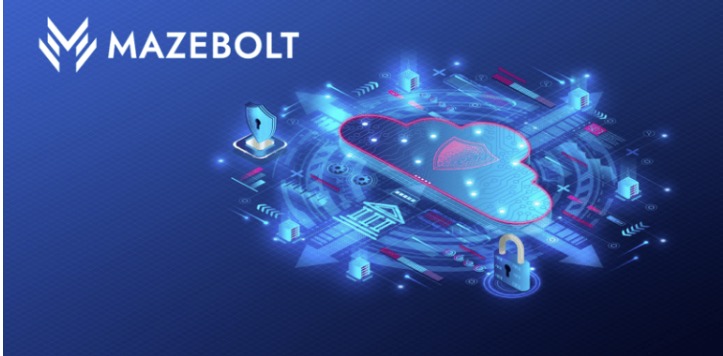Anonymous Sudan is a notorious cybercriminal group that executed tens of thousands of distributed denial-of-service (DDoS) attacks on critical infrastructure, corporate networks, and government agencies in the US and worldwide.
Although initially associated with Sudanese hackers, the group’s primary motivations appear both financially and ideological driven. The group used advanced DDoS tactics to overwhelm networks and demand ransoms – effectively blending ideologically charged actions, with extortion for profit.
Recent Arrest of the Group’s Key Figures
In October 2024, two Sudanese nationals, Ahmed Salah Yousif Omer and Alaa Salah Yusuuf Omer, were charged in the U.S. – for allegedly orchestrating attacks on essential services and taking part in the group’s leadership.
They attempted to monetize their DDoS capabilities through a “DDoS-for-hire” service, offering their services to disrupt online services for a fee. Their indictment followed a complex FBI investigation, which focused on their use of various DDoS platforms and techniques.
The Methods and Tools That Took Down Corporate America
Anonymous Sudan operated powerful attack tools commonly used in cloud-based platforms such as Godzilla, Skynet, and InfraShutdown, to execute DDoS attacks. In many cases, these tools diverted the attack traffic through exploited proxy servers on the Internet. Using the proxy servers’ capabilities, they were able to amplify the volume of the attacks and leverage their impact. They rendered their targets’ systems inoperable for extended periods and masked their attacking devices’ identities – using these exploited proxy servers’ identities instead.
Anonymous Sudan’s operations relied heavily on layer 7 DDoS attacks, which target the application layer of systems to overload specific services and endpoints, causing disruptions and downtime to critical online services.
Some of Anonymous Sudan’s Most Famous DDoS Attacks
Anonymous Sudan conducted thousands of DDoS attacks, including assaults on hospitals, government entities, and technology firms. Some of the most notable incidents include:
- Cedars-Sinai Medical Center (Los Angeles): An eight-hour disruption impacted emergency services; patients were redirected to other facilities.
- Kenya’s Infrastructure: A week-long assault in 2023 disrupted government services, banks, hospitals, and telecom services.
- Microsoft and Riot Games: Attempts to extort millions from companies like Microsoft by threatening prolonged service disruptions.
- OpenAI’s ChatGPT: Targeted following an executive’s political statement, further highlighting the group’s blend of political and financial motives.
These attacks caused substantial financial, reputational and operational damage, with the cost to U.S. entities alone surpassing $10 million.
Best Practices for Reducing the Risk of DDoS Attack
The only reason DDoS attacks can succeed is due to vulnerabilities in the deployed DDoS protection solutions being relied on. Organizations can counteract DDoS threats by implementing a variety of defensive strategies, for example:
- Signatures-Based DDoS Protection: This method involves identifying and filtering specific patterns associated with known attacks, which is especially effective against repeated, recognizable threats.
- Challenge-Based DDoS Protection: CAPTCHA challenges and JavaScript-based validations can verify legitimate user requests and deter automated bot traffic.
- Collaboration with ISPs: Work with Internet Service Providers (ISPs) for additional protection – such as scrubbing services, which filter malicious traffic before it reaches the target network.
- Advanced Traffic Filtering: Use Web Application Firewalls (WAFs), bot detection capabilities, and Intrusion Prevention Systems (IPS) to filter out malicious traffic patterns.
- Load Balancing and Redundancy: Distribute network loads across multiple servers to prevent any single point of failure.
- Rate Limiting: Limit the number of requests allowed from a single IP within a specific timeframe. Use this method only as a last-resort solution!
Anonymous Sudan’s Criminal Activities Underscore Why Nondisruptive DDoS Simulation Is Critical
Anonymous Sudan represents a growing trend in cybercrime, where ideological motivations and financial incentives intersect. The group’s attacks on sectors that require always online business continuity underline the pressing need for continuous DDoS attack simulation strategies.
As cybercriminals continue to develop more advanced tactics and techniques, the nondisruptive, continuous DDoS Vulnerability Management provided by MazeBolt is crucial to maintaining resilient online services worldwide.
Interested in learning more about DDoS Vulnerability Management? speak with an expert.






